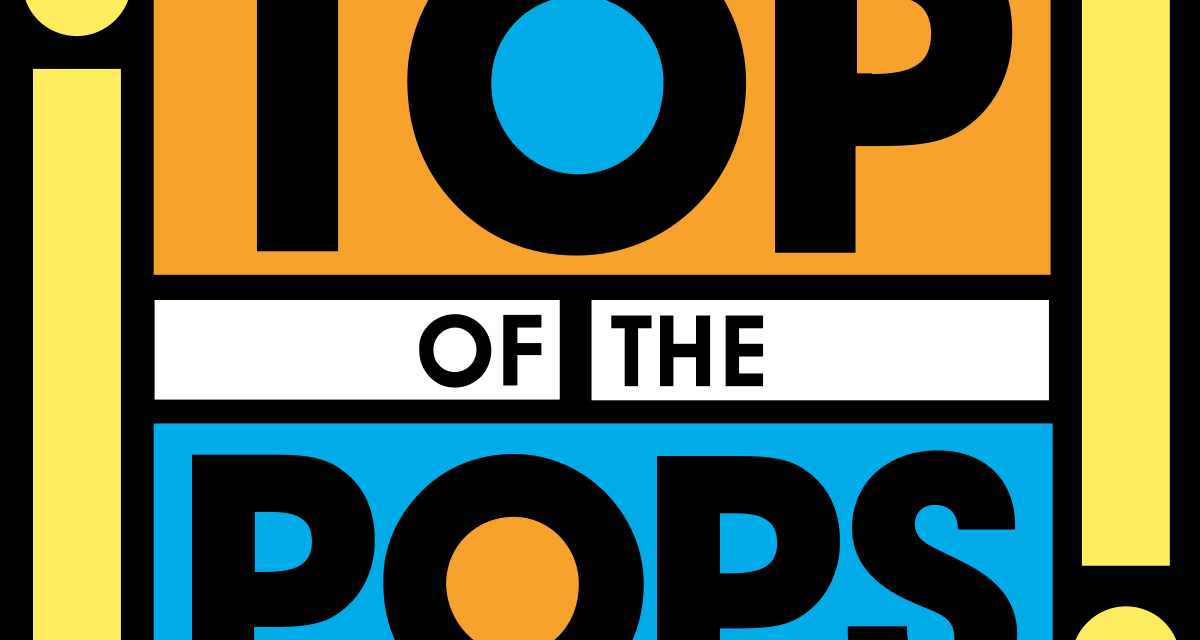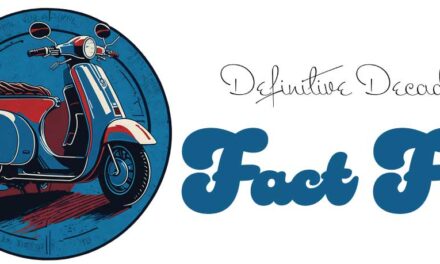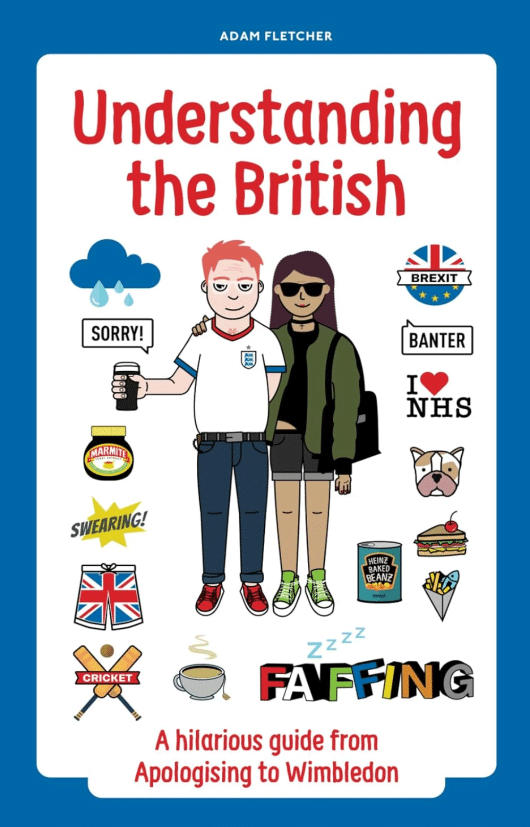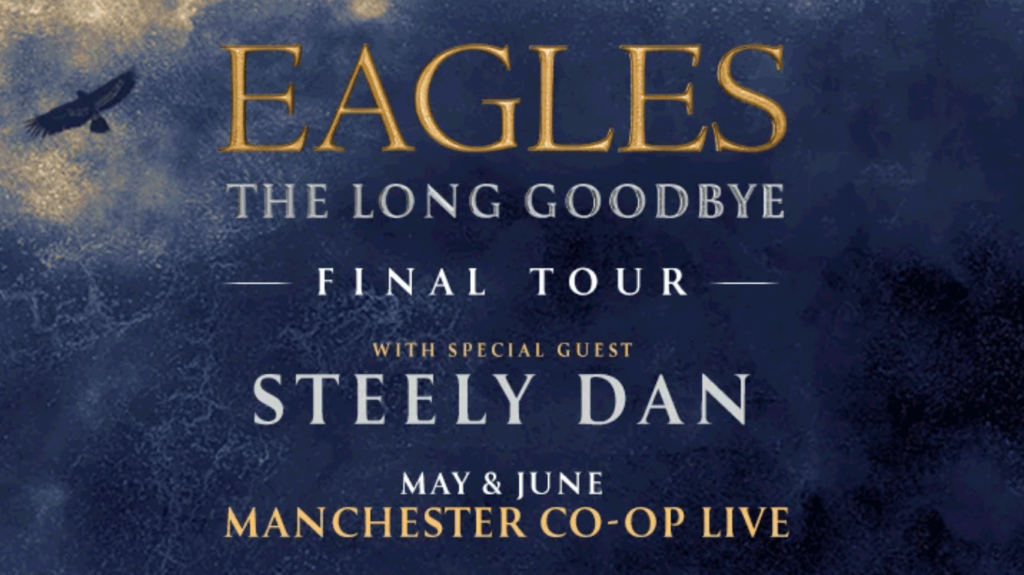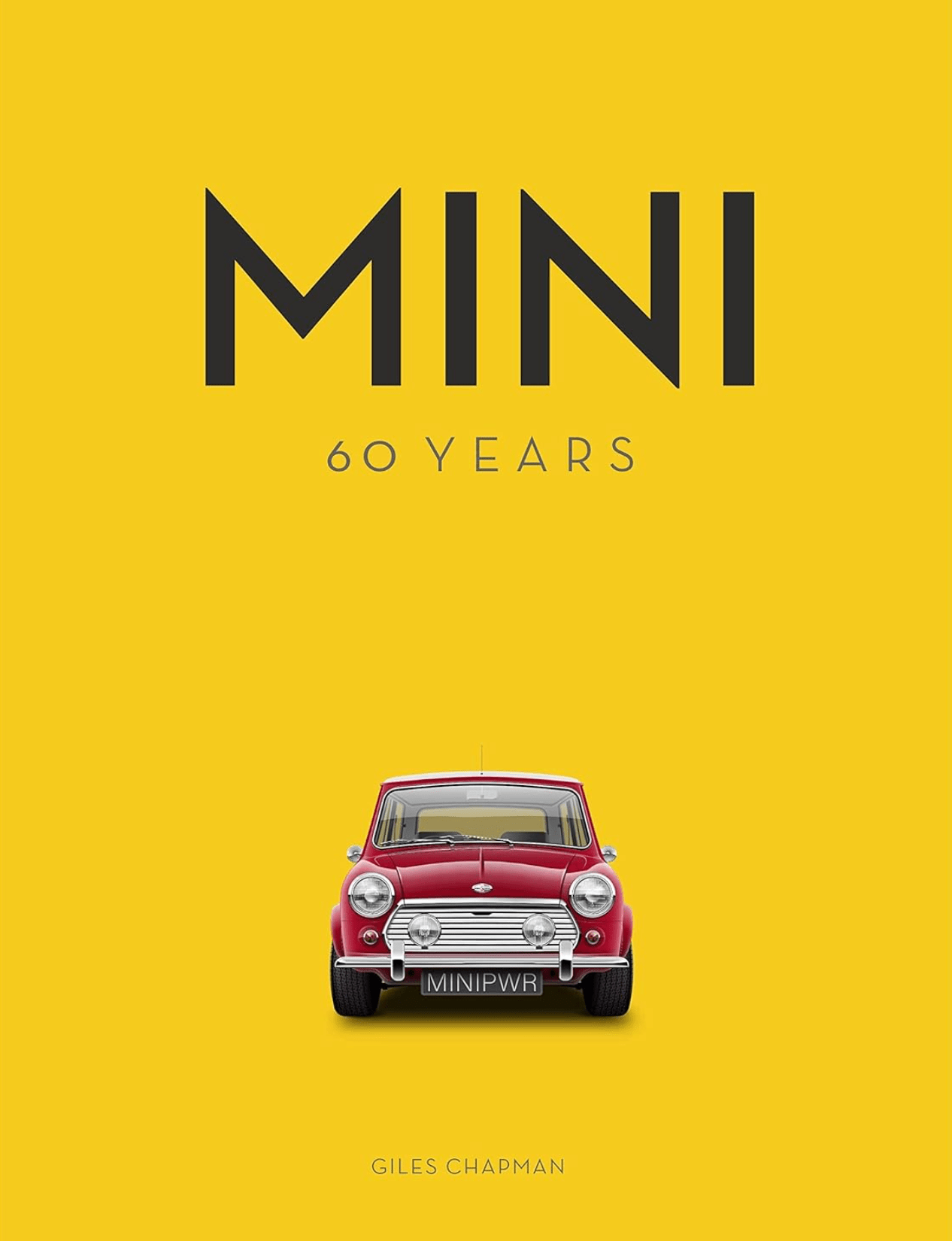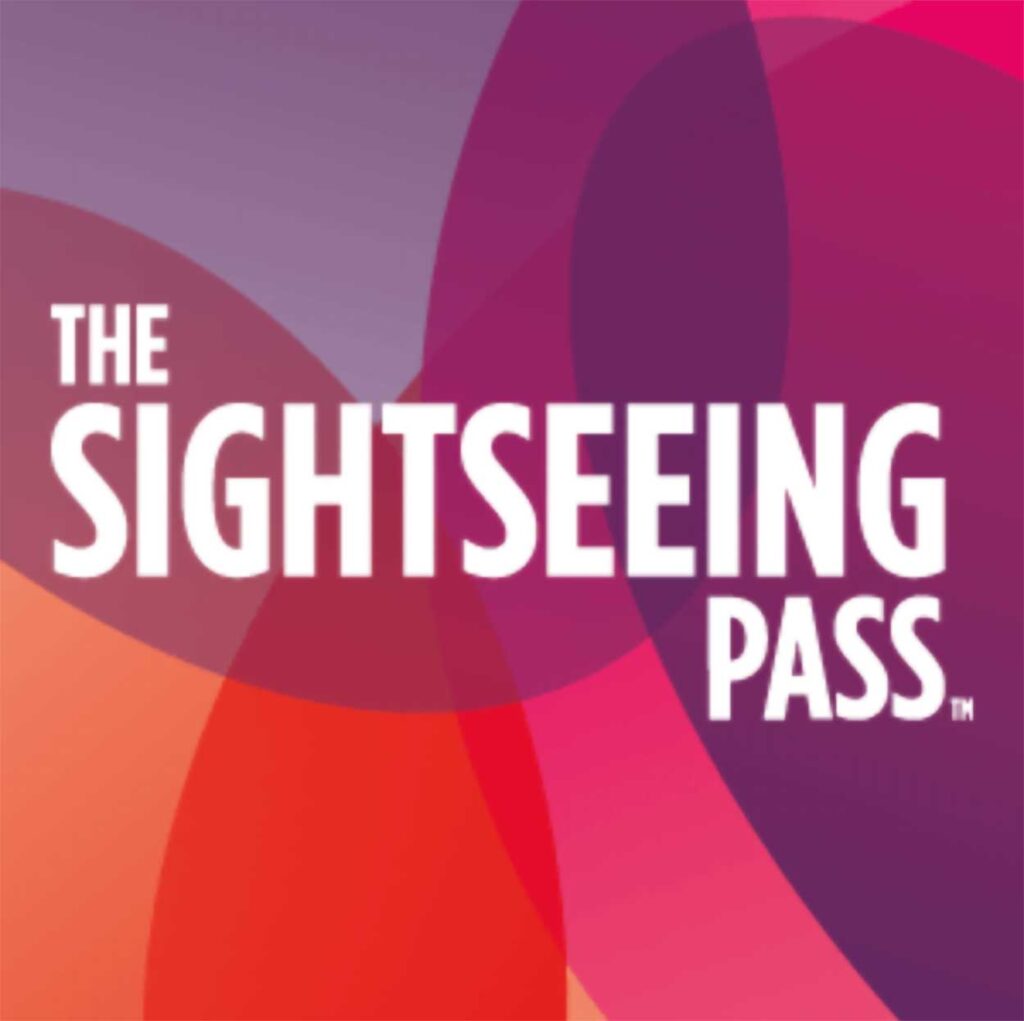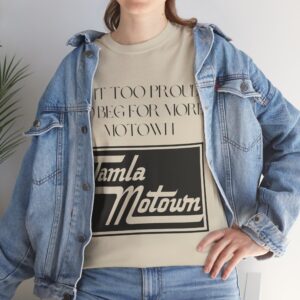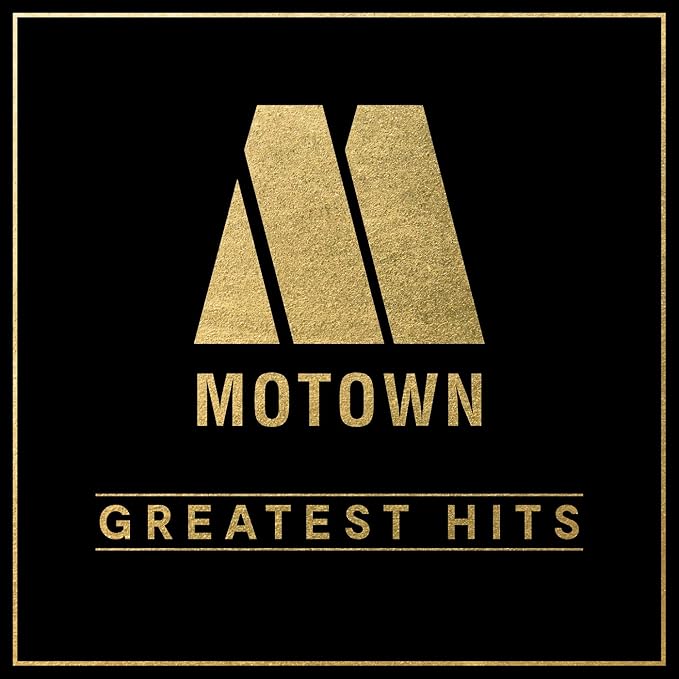Top of the Pops: The Essential British Chart Countdown Show
Introduction: Must-See Music TV
Top of the Pops occupies an iconic position in Britain’s cultural memory as the nation’s longest-running and most popular weekly pop music countdown show. Airing on BBC1 from 1964 to 2006, it became essential family viewing, delighting generations of viewers by bringing the latest chart hits into their living rooms through lively studio performances.
At its peak popularity from the 1960s to 1980s, Top of the Pops drew stellar ratings, averaging over 13 million weekly viewers. Its winning formula was simple – present the top 20 best-selling singles of the week as voted by sales, and have the bands and artists sing them live in the studio. However, it was the programme’s infectious spirit, youthful energy and celebration of pop that earned it a special nationwide affection.
The show’s flashy neon pink and blue title sequence and instantly recognisable theme tune set the tone for 25 minutes of chart excitement to follow. A succession of hosts like Jimmy Savile, Tony Blackburn, David “Kid” Jensen and Richard Skinner introduced each act with enthusiasm. With only a few TV channels available, Top of the Pops became a prime promotional stage for artists and a treasured British pop institution.
From The Beatles’ iconic debut appearance in 1964 through to Queen’s show-stopping 1975 performance of “Bohemian Rhapsody”, Top of the Pops provided the backdrop for countless seminal moments in music history. Through creative sets, costumes and camerawork, it encapsulated the spectacle and magic of pop. For music fans, Thursday evenings spent gathered around the TV for Top of the Pops became a cherished ritual.

Creation and Format: Visualising the Hits
Top of the Pops was dreamed up in 1964 by BBC producer Johnnie Stewart, who had enjoyed success with the radio chart show Pick of the Pops. Stewart devised a weekly 25-minute television version that would present the current best-selling singles through live performance and music videos.
Typically each episode would feature between 12 and 16 songs from the official Top 20 chart. Acts would either appear in the BBC studio to sing live or be represented through their promotional filmclips. In order to fit so many songs into a short runtime, they were often edited down to excerpts. Non-movers in the lower end of the Top 20 would also get briefly mentioned.
The innovative format allowed the Beeb to translate the commercial pop hits into dynamic visual content tailored for the small screen. Viewers could see their pop heroes brought to life, dancing and singing their hit singles – a thrill in the 1960s before music videos. As pop grew into the dominant youth medium, Top of the Pops became unmissable family viewing.
A parade of hosts like Savile, Blackburn, Noel Edmonds and John Peel introduced each act, providing continuity and youth appeal between songs. They also presented the latest Top 20 countdown and previewed future hits. While produced on a limited budget initially, the show’s popularity allowed for more ambitious art direction over time.
Part of its appeal was providing a snapshot of the latest pop crazes and hits. But it also gaveunknowns publicity alongside superstars. For bands, a Top of the Pops appearance became a coveted career milestone. Despite format limitations, the show embraced music trends with energy and fun.
Impact and Legacy: A Cultural Phenomenon
At its popular peak in the 1970s, Top of the Pops had become a beloved British pop culture institution and Thursday night television ritual. With only three channels available, its weekly audience averaged over 13 million, reaching 19 million for events like Queen’s “Bohemian Rhapsody” in 1975. It generated watercooler buzz and made chart hits into household names.
Top of the Pops also held massive influence over record sales and an artist’s commercial success. A appearance on the show could make a song skyrocket. This created fierce competition for limited performance slots, with record labels and promoters lobbying producers.
Artists often saved their most ambitious performances for Top of the Pops’ cameras in the hopes of creating a career-defining moment. Signature sets like Nirvana’s anarchic 1991 appearance exemplified this potent promotional power.
However, the rise of music videos and proliferation of TV channels steadily eroded Top of the Pops’ ratings and cultural impact in its later decades. But at its height, the show embodied the role pop music played in British identity. It chronicled cultural shifts from Beatlemania to punk through its lens.
By the time the BBC controversially cancelled it in 2006, Top of the Pops had cemented its status as an iconic British TV institution. It lives on through compilation specials and repeats, encapsulating 20th century pop history. The show’s legacy remains its role as a national pop jukebox proudly sharing the music that defined eras.
Conclusion: A Pop Culture Time Capsule
In retrospect, Top of the Pops stands as an indelible time capsule that traces the changing trends and styles of pop music across four decades. As fashions shifted from The Beatles to Britpop, the show dutifully chronicled music’s evolution through its weekly rundown format.
Yet with its kaleidoscopic visual flair and youthful spirit, hosted first by “Sir” Jimmy Savile and later by Radio 1 DJs, the show also embodied the excitement of the now. This made it coveted real estate for artists seeking to reach Britain’s living rooms with the latest hit. It was a guaranteed promo portal thanks to its millions of loyal viewers.
By the 2000s when YouTube and music streaming eroded its relevance, Top of the Pops had long been etched into Britain’s collective memory. Whether for David Bowie’s Ziggy Stardust unveiling or the Sex Pistols’ expletive-ridden outrage, the show had been the stage for iconic moments now woven into pop history.
The show’s later decline did reflect shifting tastes. But during its beloved heyday when music options were scarce, Top of the Pops commanded national attention in a way that will forever be tied to pop culture and nostalgia in Britain. For a generation, it was the weekly TV celebration of the country’s pop sound and soul.

